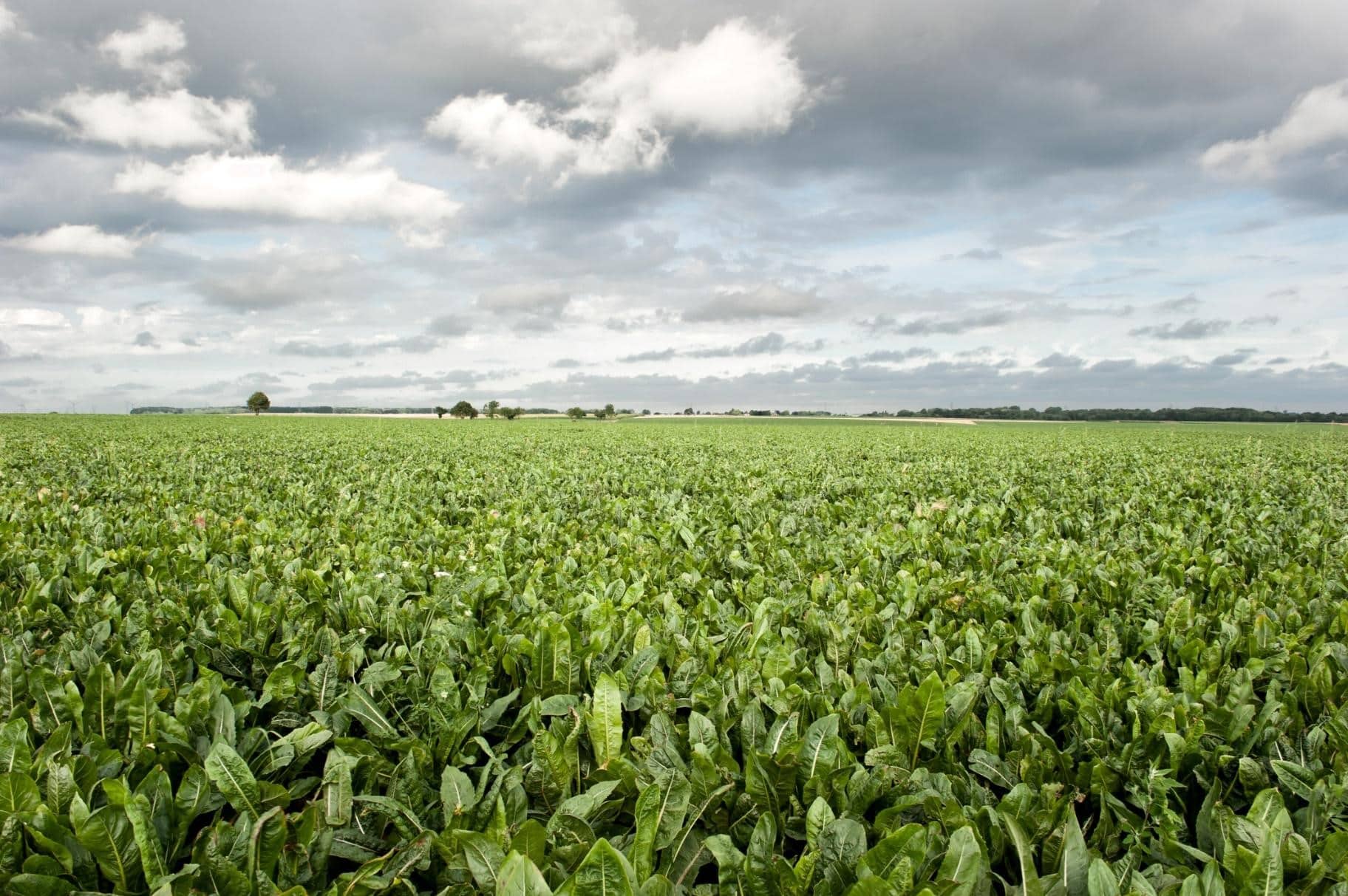PUR Project : an Agroforestry Project

Sucden is developing a community-based agroforestry project in Côte d’Ivoire with a cooperative of cocoa farmers. The goal of the project is to plant 40,000 trees over two years with 400 farmers.
Main project's drivers for reducing the greenhouse gas (GHG) emissions
Energy and resource efficiency
Energy Decarbonisation
Energy efficiency improvements
Improving efficiency in non-energy resources
Emissions removal
Financing low-carbon issuers or disinvestment from carbon assets
Reduction of other greenhouse gases emission
Project objectives
The main objective of the project is to restore ecosystems through the implementation of agroforestry systems, which also serve to increase carbon sequestration. In collaboration with our partner, Pur Projet, we are implementing agroforestry systems in the areas of the SCAEDA farmer cooperative, one of Sucden’s cocoa suppliers. The project also aims to improve the living conditions of cocoa farmers, as agroforestry supports farmers to diversify their incomes. In addition, through the project, we provide training to farmers on the environment and the importance of protecting remaining forests...
Sucden has been working with SCAEDA over the past two seasons. With this project, our objective is to plant 40,000 trees with 400 producers. To achieve this goal, several activities are carried out on site such as:
- Creation of community nurseries for cocoa production
- Co-creation of agroforestry models with producers
- Training producers on agroforestry, tree planting and maintenance
- Distribution of timber and fruit tree seedlings
- Conducting monitoring and follow-up sessions on the planting waves
These agroforestry systems promote a diversity of fruit species, both fast and slow growing, to maximize environmental and economic benefits for producers. During the initial stages of the project, producers selected a variety of tree species for their farms, both native and naturalized. Planting densities are adapted to meet the optimal conditions for cocoa production: between 15 to 30 trees in the plot and between 50 to 100 trees, bordering the plot.
Emission scope(s)
on which the project has a significant impact
- Emission scopes
- Description and quantification of associated GHG emissions
- Clarification on the calculation
Scope 1
Direct emissions generated by the company's activity.
Scope 2
Indirect emissions associated with the company's electricity and heat consumption.
Scope 3
Emissions induced (upstream or downstream) by the company's activities, products and/or services in its value chain.
Emission Removal
Carbon sinks creation, (BECCS, CCU/S, …)
Avoided Emissions
Emissions avoided by the activities, products and/or services in charge of the project, or by the financing of emission reduction projects.
Emissions Removal – Agroforestry tree planting with cocoa farmers.
- Long-term ex-ante carbon sequestration potential
estimated from a total of 40 000
trees planted over two consecutive years, in 2021 and
2022:13,514 tCO2eq when the trees reach maturity.
It should be noted that these figures remain an ex-ante estimate: the project only considers the first two years after the trees are planted and does not account for long-term monitoring or carbon certification.
These calculations are based on 40,000 trees planted between 2021 and 2022 in a humid tropical climate, with an anticipation of their sequestration potential once they have reached maturity. We consider 223 tdm/ha (biomass measured in dry matter) for mature trees per planted hectare. The root: shoot ratio[1] used to estimate the total carbon capture of the trees by including the sequestration potential of tree trunks and roots is 1.3. The baseline scheme established sets the cocoa plots in their initial state at 22 tdm/ha. Since these estimates are expectations, different deductions are applied to the carbon results within this calculation:
- a deduction of 5% related to the risk of mortality during the first two years after planting (for our project, this risk is considered to be low given the ongoing technical support with producers), and
- a deduction of 15% linked to the risk of long-term non-permanence (we consider this risk to be average in Côte d’Ivoire).
[1] Ratio which enables the perception of below ground carbon capture based on above ground carbon capture.
Key points
Invested amount
Investment realized in 2021: € 74 423 Planned investment in 2022: € 74,623 Total project investment over two years: € 149 046
Starting date of the project
2020
Project localisation
West Africa, Ivory Coast
Project maturity level
Prototype laboratory test (TRL 7)
Real life testing (TRL 7-8)
Pre-commercial prototype (TRL 9)
Small-scale implementation
Medium to large scale implementation
Economic profitability of the project (ROI)
Short term (0-3years)
Middle term (4-10 years)
Long term (> 10 years)
Illustrations of the project
This agroforestry project fosters Sucden’s contribution to the following SDGs:
SDG 2: Zero Hunger – Agroforestry includes several benefits, notably the reduction of monoculture production systems which in the long-term harm soil fertility and therefore threaten the productivity of farms and the financial stability of farming families. In addition, some of the planted trees are chosen specifically to allow farmers to diversify their incomes and thus stabilize their revenues during the year and off-season: timber, fuelwood, fruit, organic material, etc…..
SDG 12: Responsible consumption & production – This project aims to promote soil health and fertility and to restore and preserve ecosystems. In addition, by supplying growers with trees of various species, this project
encourages and facilitates income diversification for producers, thereby contributing to the improvement of their off-farm resilience and reducing their dependency on the demand of cocoa.
SDG 13: Climate Action – Carbon sequestration/creation of carbon sinks contributes to the global effort to combat rising temperatures by reducing the amount of greenhouse gases in the atmosphere. Training producers and communities on agroforestry enables them to pursue these initiatives on their own and to cascade these benefits over the long term and across generations.
SDG 15: Life on Land – Agroforestry helps preserve biodiversity. The trees and hedgerows in the fields promote the diversity of species and habitats. This biodiversity is beneficial to insects, crop helpers and pollinators. Soil fertility can also be improved by the leaves of trees falling on the soil, providing an important supply of biomass that can be mineralized. This project also makes farmers’ plots more resilient to climatic hazards by improving their microclimates.
SDG 17: Partnerships – This project brings together Sucden, PUR Projet and the communities belonging to the SCAEDA cooperative to implement a community-based agroforestry model that empowers farming families through income diversification, the preservation of ecosystems, the optimization of plantations (and their yields) and the creation of carbon sinks.
Replication of the project is subject to additional funding. PUR Projet’s build capacity within SCAEDA’s communities to adopt agroforestry, creating key roles at a local scale from nursery maintenance to transportation logistics and planting assistance. The expertise transferred to the communities will enable them to continue to undertake agroforestry projects on a voluntary basis. The impact on the climate is subject to the number of trees planted (among other variables).
Through this agroforestry project, a partnership has been established between PUR Projet and the Sucden Foundation.
Contact the company carrying the project :
sustainability@sucden.com
Sucden’s other projects :

Installation of a boiler unit at Kamenski Sugar plant
Sucden optimizes industrial processes – installation of a boiler unit – in a sugar plant in Russia to reduce gas consumption and environmental footprint. The success of this..

